When and how to transplant spirea: choose a place and time, observe the technology
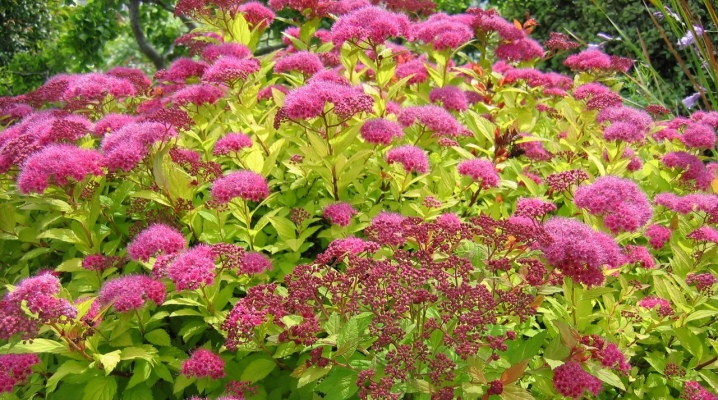
Novice gardeners have many questions about the transplantation of such an ornamental culture as spirea. Basically everywhere they write that this can be done only in spring and autumn. But in practice, it turned out that transplanting a shrub throughout the summer can be successful, and the plant will bloom beautifully if you know some of the subtleties of this process.
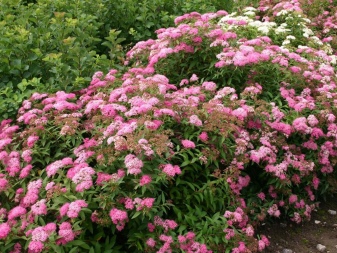

When to transplant?
Unlike other ornamental crops, transplanting does not stress the spirea; it can be moved from one place to another at almost any age. Most often, this procedure coincides with the propagation of a bush by division. Despite the fact that the shrub can bloom profusely for a long time in one place and does not need to be transplanted, it can grow strongly, form many thin branches that thicken the crown. Therefore, once every 5-6 years, adult plants should still be divided and planted separately, including to rejuvenate a mature bush.
Agrotechnical work is usually carried out:
- in spring and late autumn, if there is a goal to propagate spirea;
- in summer, adult specimens that have reached the age of 3-4 years are placed in another place.
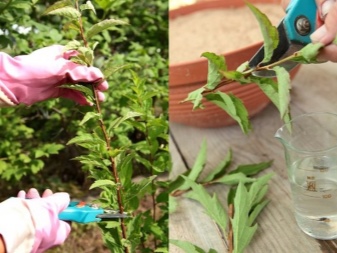
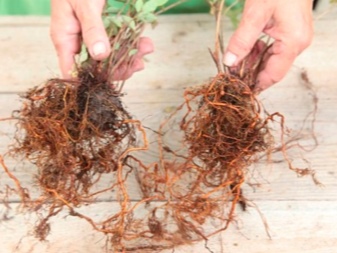
Transplanting an adult plant has its own requirements. Preliminary hygienic pruning is required, which involves not only removing all dried shoots, but also cutting off the skeletal branches "to the outer bud" in order to discharge the crown. With a strong spreading of the spirea, the lower branches are raised and the shoots are cut off with an oblique cut 0.5 cm above the inner bud. In cases where you just need to move the bush, you need to dig it up completely so that a soil lump remains on the roots. It is best to transplant the spirea to a new place in the fall, when its foliage changes color before falling off. An unspoken condition for transplanting a plant at any time of the year is the absence of the sun, so experienced gardeners choose cloudy, rainy weather for this procedure.

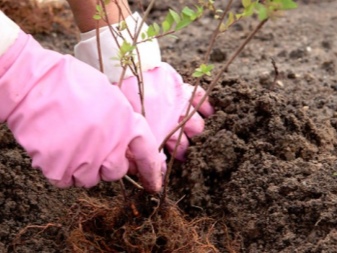
Autumn transplant
Reproduction and transplantation concerns young plants that are 4 years old. If the age of the bush is older, then it may be difficult to move too large an earthen coma. In the autumn, the division and planting of spirits is allowed, which bloom in spring and summer, the main thing is to carry out this operation after the end of the leaf fall. The order of work has its own sequence.
- First, the bush digs in around the circle within the crown. In this case, you can not be afraid that the root processes that go beyond this line will be accidentally cut down - the spirea will not suffer from this.
- The bush is removed as a whole, its roots must be rinsed by dropping into a wide container with water.
- After the soil particles have settled, the rhizomes are well rinsed with a running stream.
- With a disinfected tool, most often a pruner, it is necessary to divide the bush into 3 parts.
- Each division should have strong developed roots and 2-3 stems.
- Small, thin root shoots are trimmed and tangled parts are straightened.
- In a planting pit, dug out to the size of the roots, a mound is made from a nutrient mixture containing leafy soil, sand and peat.
- A sapling is carefully placed on top, all the voids are filled with soil, the near-stem surface is compacted.
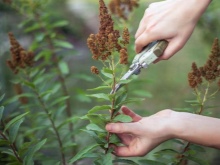
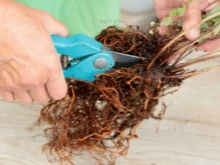

At the end of the procedure, it is necessary to water the plant well (2 buckets per one bush), and cover the near-stem circle with peat as mulch.
Adult shrubs without division are also transplanted in the fall - this is the best time to move them, of course, after sanitary pruning.
Transplanting rules in summer
A transplant of a blooming adult spirea is possible in July, but subject to certain rules.
- It is necessary to allocate a place for placement, strictly corresponding to the variety of spirea, taking into account the circumference of its crown and height.
- The site chosen for cultivation may be sunny, but not completely open, as some species prefer partial shade.
- Care must be taken of suitable soil and good drainage. Dense clay soils should be diluted with sand, and peat and turf soil should be added to sandy soils. Too acidic soil is subject to liming, but with the proviso that certain types of shrubs like a slightly acidic environment.
- When planting in another area, it is very important not to dry the roots, therefore it is better to hold them in water before the procedure, and water abundantly after planting. On hot summer days, especially in August, the soil will have to be constantly moistened. If inflorescences remain on the plant, then it is better to cut them off before agrotechnical work.
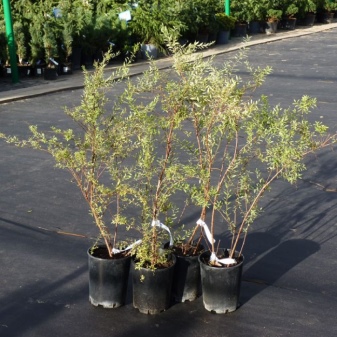
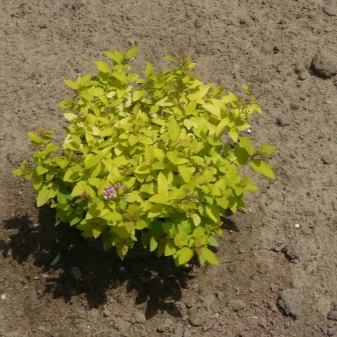
The step-by-step process looks like this.
- Planting pits are prepared in advance, at least a few days before transplanting. Their size should exceed the volume of an earthen coma with roots by 3 times, so that in the future the root system can develop unhindered in width.
- Having chosen a cloudy day, a few hours before transplanting, water is poured into the hole, and the near-trunk zone of the spirea is abundantly irrigated.
- The plant is dug 20 cm from the root collar, small roots are cut.
- You can deliver a bush to a new place by dragging, for this you need to prepare a cloth or polyethylene in advance, on which the bush is laid out.
- Nutrient soil is poured into the hole, the seedling is set at the same level with the ground, filled up, the soil should be tamped, pressing the earth to the roots.
- The area near the trunk is mulched with peat by 5-7 cm thick.
- Next to the spirea, it is necessary to stick 3-4 wooden supports around the circumference, on which a wet piece of gauze or thin cloth is attached, this shelter will help save the plant from the scorching sun's rays. The canvas will need to be moistened for 4 days, after which it is removed in the evening and regular watering of the bush is continued for 30 days.
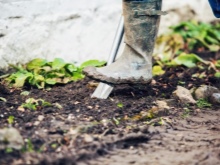
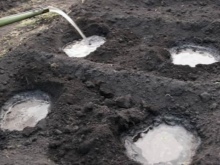
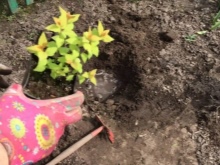
In this way, you can determine in a new place white spirea and other early flowering varieties, the flowering period of which is limited to spring.
The best part is that such a procedure makes any kind of spirea bloom even more luxuriantly, and some even do it again.
For information on when and how to transplant spirea, see the next video.

































































The comment was sent successfully.